Hidden hazards of Halloween
Expert tips to ensure your little ghosts and goblins stay safe this Halloween, from costume choices to food safety.
Children in costumes remind parents and guardians to prioritize visibility, supervision, and candy checks for a safe and fun Halloween trick-or-treating experience.
With fall comes Halloween, when children are excited to dress up and go trick-or-treating. However, as exciting as it is, parents and guardians should remain mindful of health and safety precautions to ensure a fun and safe experience. Karla St. Germain, MD, a pediatrician for Kaiser Permanente in Southern California, shares essential tips to help keep your child safe during Halloween.
Keeping kids healthy and safe
Dr. St. Germain emphasizes the importance of staying current on vaccinations, especially given the increased spread of illnesses in the fall.
I would advise against eating treats without labels. Food allergies account for 35% to 50% of all cases of severe allergic reactions, like those to peanuts. Karla St. Germain
“A good start is to make sure your children are up to date with their vaccines, such as those that protect against pertussis given the recent rise in cases, and vaccines that help to prevent influenza and COVID-19 infection,” she explains. It is crucial since flu illnesses are most common in the fall and winter.
Treat smarts
It’s vital to check candy for potential allergens. Check the labels before kids eat any candy, especially if your child has food allergies.
“I would advise against eating treats without labels,” said Dr. St. Germain. “Food allergies account for 35% to 50% of all cases of severe allergic reactions, like those to peanuts.”
5 practical tips
Here are 5 other practical safety tips from Dr. St. Germain to keep your little ghosts and goblins safe this Halloween:
- Test face paint: Test makeup on a small area of the arm first. Avoid using it if there are signs of irritation.
- Choose costumes carefully: Choose bright or reflective costumes. Ensure masks have large eye holes and costumes fit well to avoid tripping.
- Get crafty with pumpkins: Let children draw designs and scoop out seeds but leave the carving to adults.
- Prevent fires: Use glow sticks or battery-operated candles in pumpkins instead of real candles.
- Promote pedestrian safety: Equip kids with flashlights or glow sticks. Use reflective tape on costumes to help drivers see your kids, even in the dark. Remind kids to stick together, stay on sidewalks, and cross streets at designated corners.
Following these tips can help ensure a safe and fun Halloween for everyone.

May 19, 2025
A champion for healthy motherhood
As an Olympic athlete, Shannon Rowbury fought for better maternity policies. …

March 5, 2025
6 definitive traits of a middle child
Parade

January 22, 2025
A preteen overcomes anxiety and suicidal thoughts
A young Kaiser Permanente member speaks up to gain the mental health support …
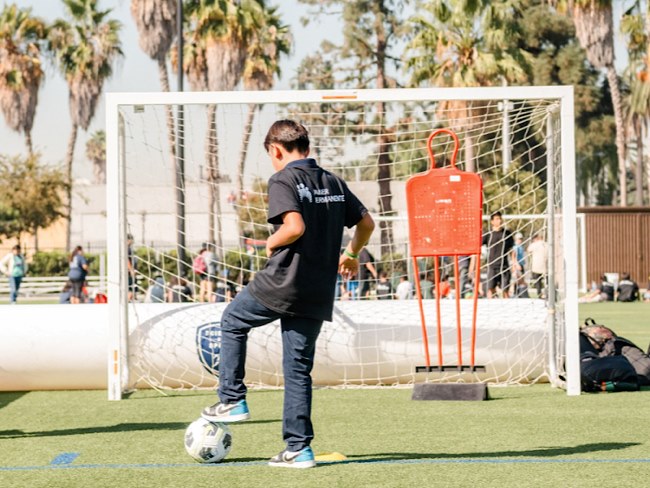
December 30, 2024
Fit and thriving: Inspiring students at school
Kaiser Permanente and Los Angeles Football Club are committed to building …

July 18, 2024
Easy school lunch and snack tips
Ideas for healthy, delicious, and hassle-free snacks and lunches to keep …

July 17, 2024
4 parent tips for back-to-school success
The start of the school year can bring up different emotions for children …

July 11, 2024
Transforming education and mental health in Watts
Our investment in the Watts neighborhood of California, in partnership …
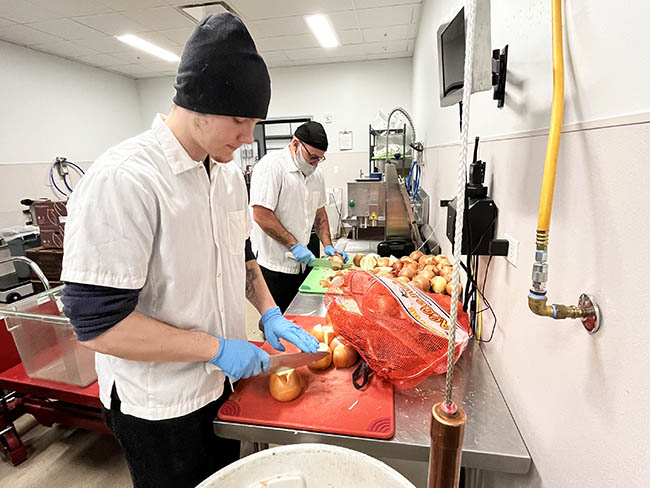
July 10, 2024
Grant to help make school lunches healthier for kids
Chef Ann Foundation will use $275,000 grant for Colorado program to convert …
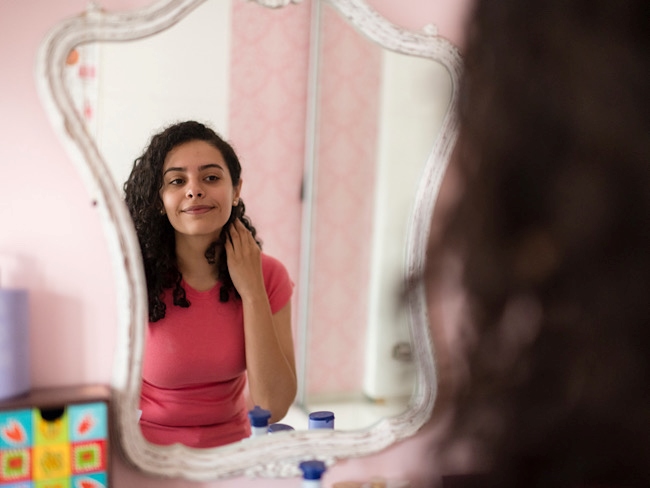
July 9, 2024
Antiaging skin care … for kids?
Kids as young as 9 are using antiaging products. A Kaiser Permanente dermatologi …

June 28, 2024
Operation Splash makes a splash for safe summer fun
Kaiser Permanente is making waves this summer, ensuring that communities …
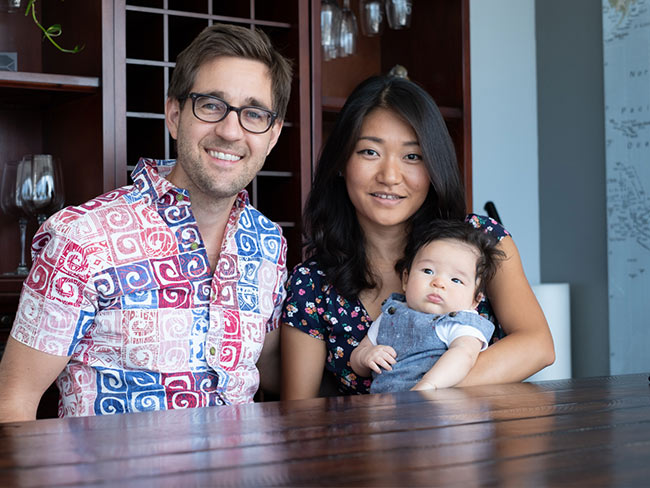
June 25, 2024
Prompt postpartum care saves a baby’s life
When a newborn was diagnosed with meningitis, a life-threatening infection …

June 17, 2024
That’s a lot of babies!
Delivering multiple babies is difficult, but Kaiser Permanente care teams …
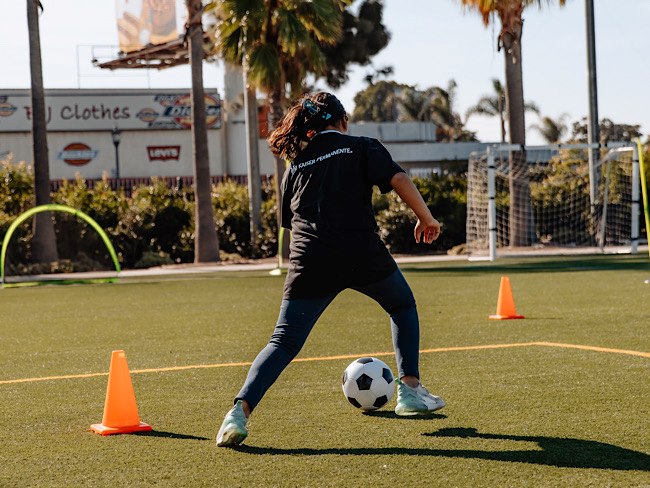
May 31, 2024
Inspiring students to take charge of their health
Kaiser Permanente and the Los Angeles Football Club will launch the second …
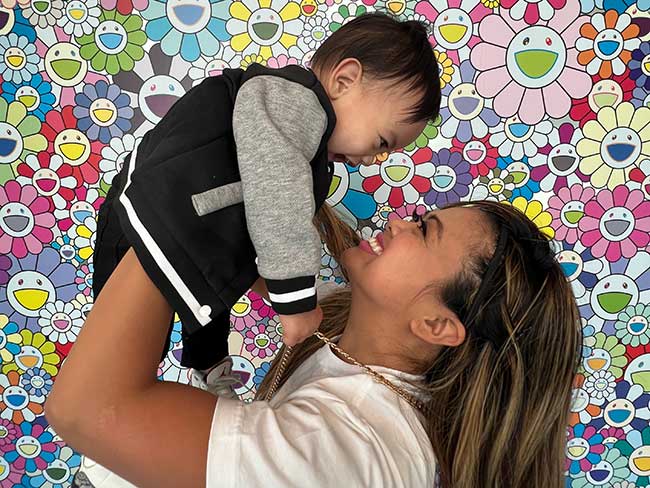
May 10, 2024
Self-care is key for new parents
Feeling emotional or overwhelmed after a new baby’s arrival? You’re not …

March 14, 2024
Midwife offers personal care for mom facing complications
For Sam Beeson, having a midwife at her side during her pregnancy helped …
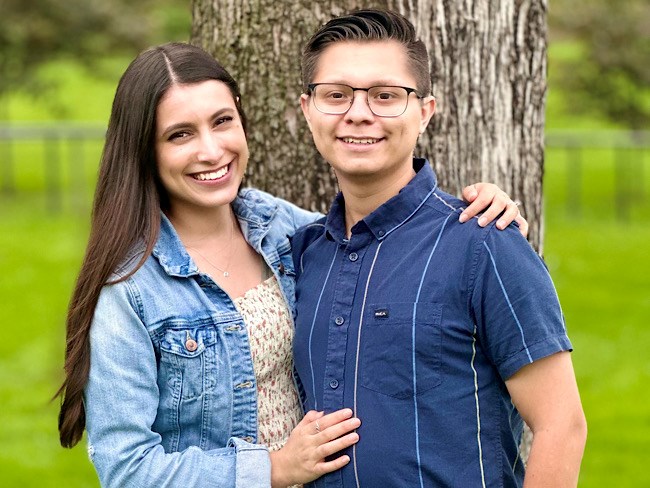
February 21, 2024
From planning his funeral to celebrating his wedding
Gabriel Abarca had no hope for his future. Then the team at Kaiser Permanente …
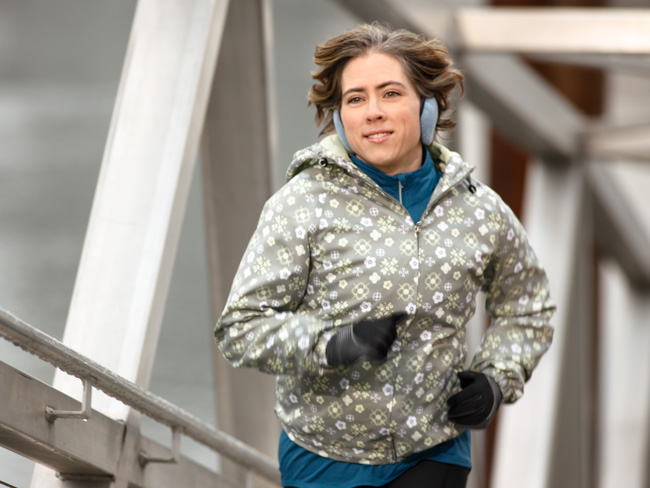
February 7, 2024
To stay well, get vaccinated and practice healthy habits
Cases of flu, COVID-19, and RSV continue to spread in our communities. …
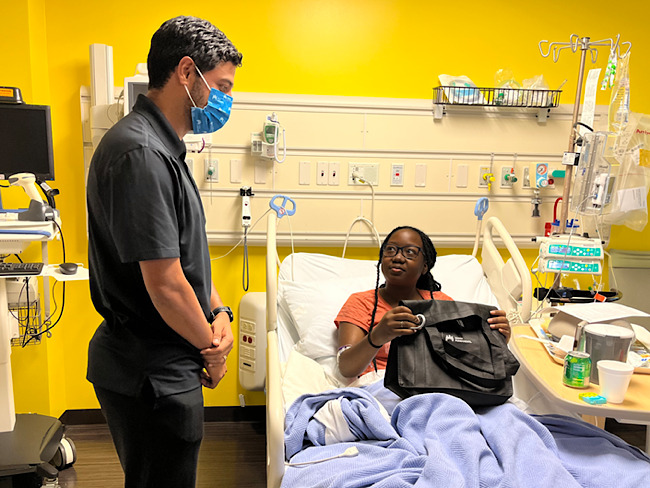
January 12, 2024
Cheering up hospitalized children
Los Angeles Football Club player Carlos Vela brings joy to Kaiser Permanente …

December 21, 2023
It’s not too late to get your flu shot
Flu season often continues into early spring. Here are 5 reasons you should …
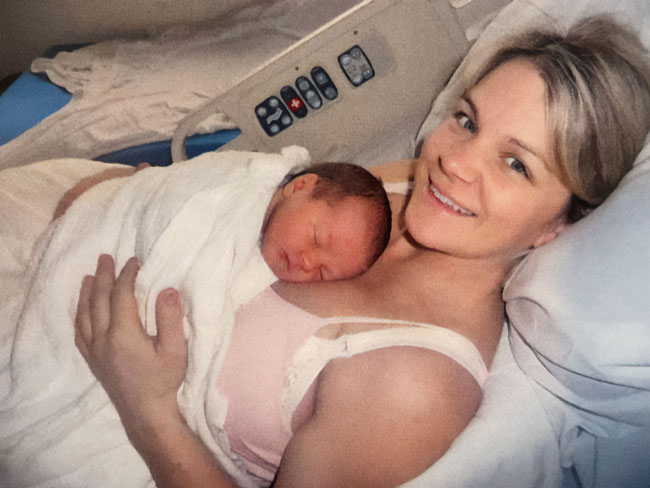
December 15, 2023
Family-centered care, through pregnancy and beyond
Members experiencing a low risk pregnancy have the option of having their …
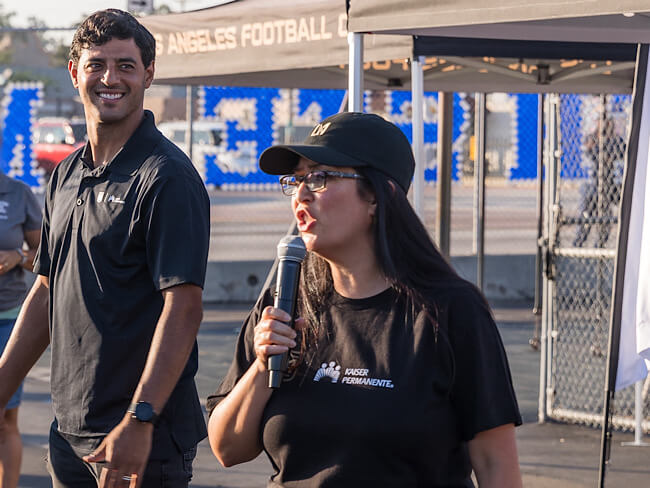
December 15, 2023
Building healthy communities through play
Kaiser Permanente teams up with Los Angeles Football Club to build 5 futsal …

December 8, 2023
Inspiring a Wave of Wellness with youth
Kaiser Permanente and San Diego Wave Fútbol Club educated San Diego youth …

November 15, 2023
Spreading the truth about flavored tobacco and youth vaping
A youth vaping curriculum is making a difference.
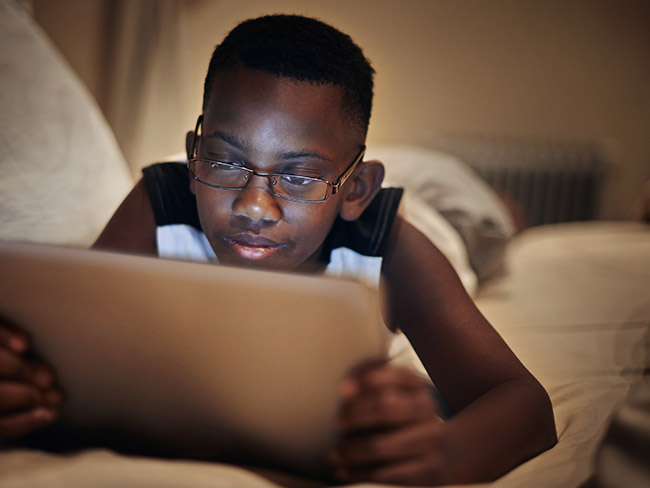
October 27, 2023
Nearsightedness in kids: Taking a closer look
Nearsightedness, also known as myopia, is on the rise. To reverse that …

October 25, 2023
Critical care and support for our youngest patients
In Oregon, specialists and parents come together to design a specialized …
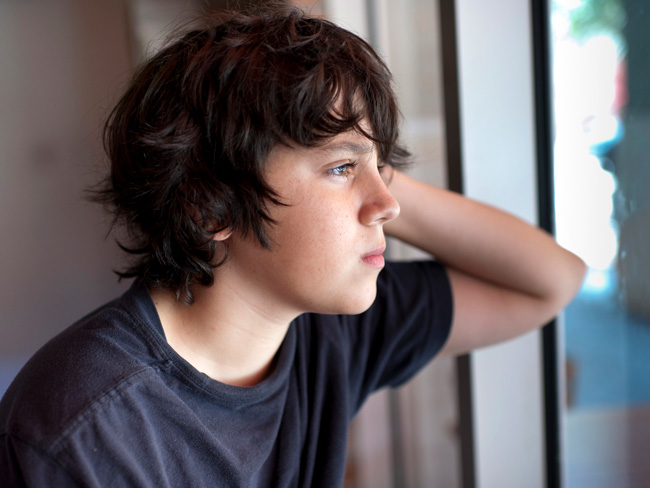
October 24, 2023
Childhood anxiety: What parents need to know
A child and adolescent psychiatrist shares tips on supporting your child …

October 17, 2023
Flu protection for all that is you
Getting vaccinated is a safe and effective way to avoid getting sick.

October 12, 2023
How to clean and disinfect your home
These simple steps can keep infectious diseases from spreading in your …
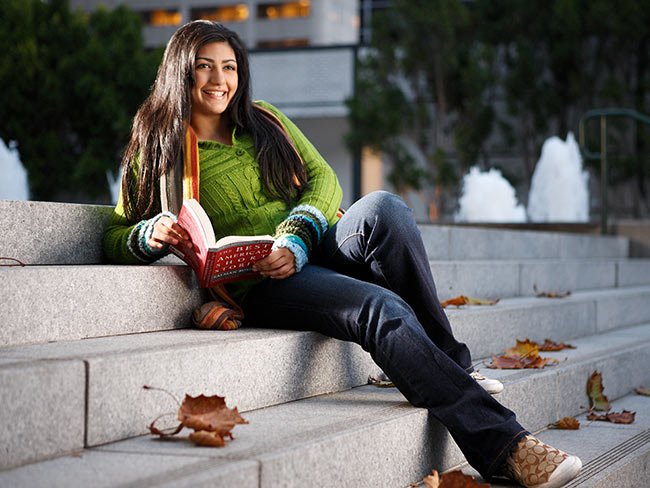
August 14, 2023
Tips for ensuring a safe and healthy college experience
Students should study up on their care options to ace their school experience. …
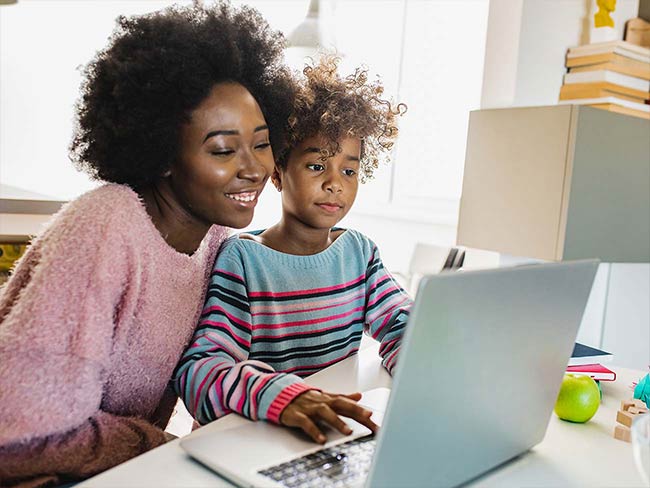
August 10, 2023
Successfully navigating the school year
These tips from Don Mordecai, MD, Kaiser Permanente’s national mental health …
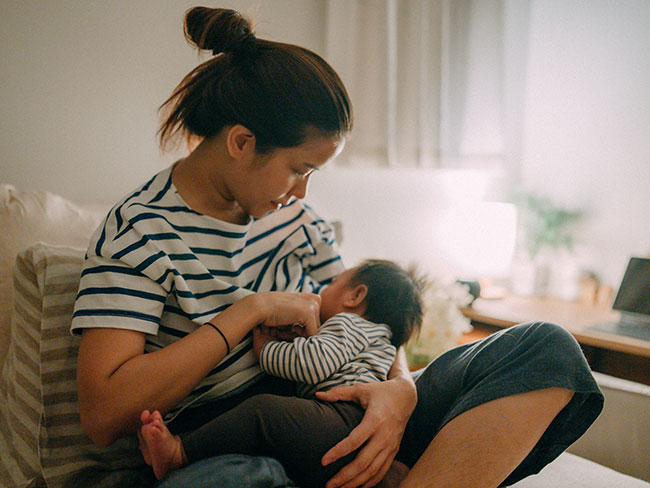
July 25, 2023
5 breastfeeding myths debunked
Tarayn Fairlie, MD, a pediatrician and lactation consultant, helps separate …
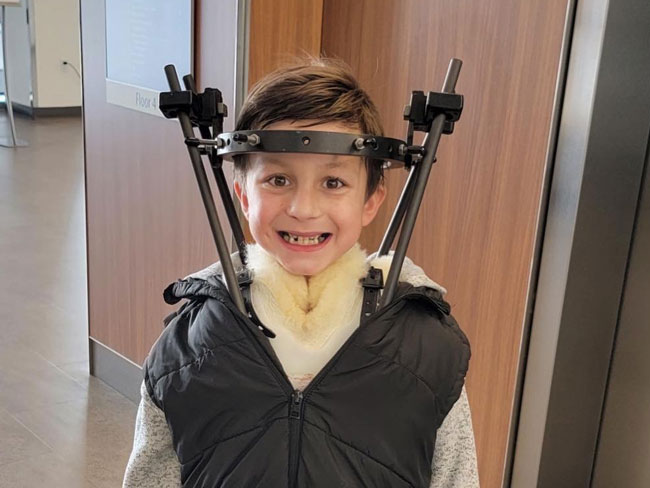
June 27, 2023
Comforting, personalized care for a kiddo with cancer
Carter Shaver from Portland, Oregon, shares his optimistic smile after …

June 6, 2023
COVID-19 vaccine: No serious side effects in young children
Kaiser Permanente researchers led analysis of large, diverse group of young …
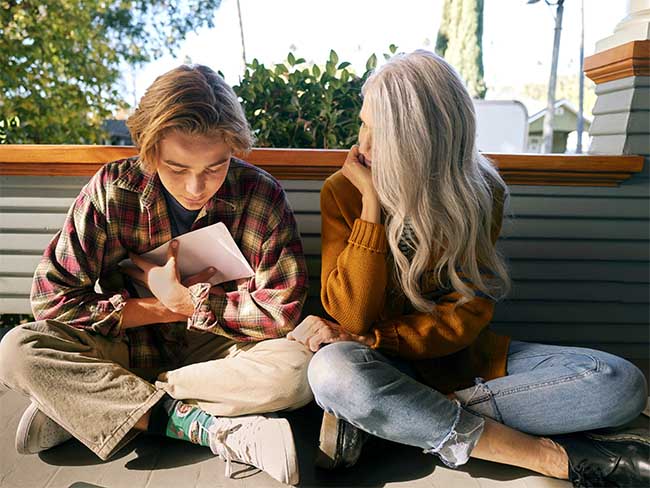
May 9, 2023
School shootings provoke anxiety in many children
Child psychiatrist defines anxiety, its symptoms, how to address it, and …
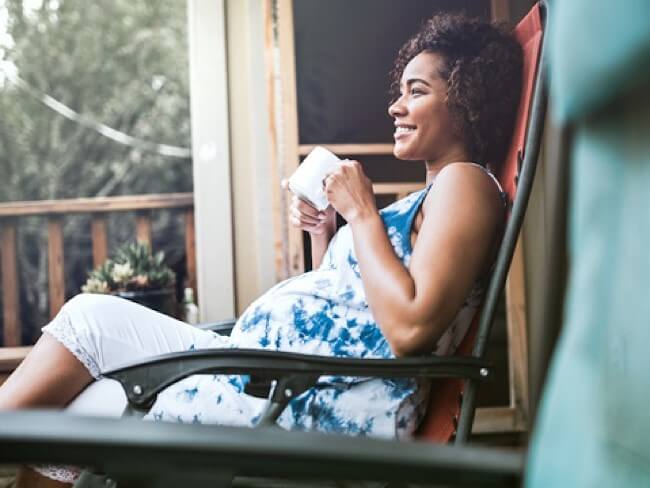
April 14, 2023
The importance of screening for gestational diabetes
Gestational diabetes poses a significant risk to women of color, particularly …
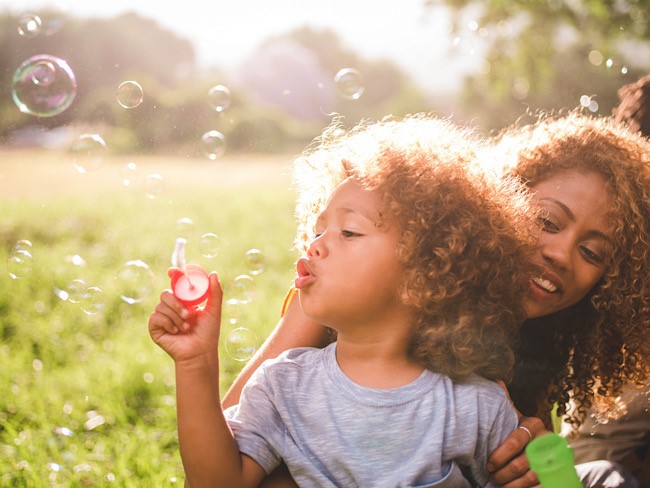
March 29, 2023
Hello spring and seasonal allergies
Allergies affect over 50 million Americans each year. We share tips to …
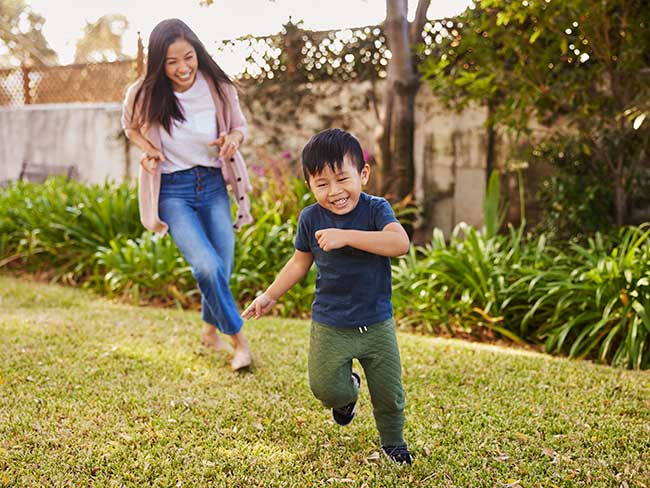
March 14, 2023
Extra pounds put kids at higher risk for hypertension
Kaiser Permanente study shows even modest elevations in BMI above the “average …
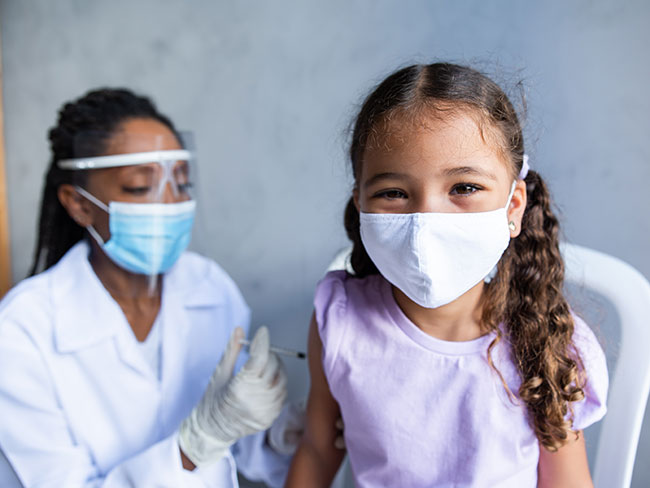
February 27, 2023
Teaching flu a lesson
School-based flu vaccination clinics made it safe and convenient for students …
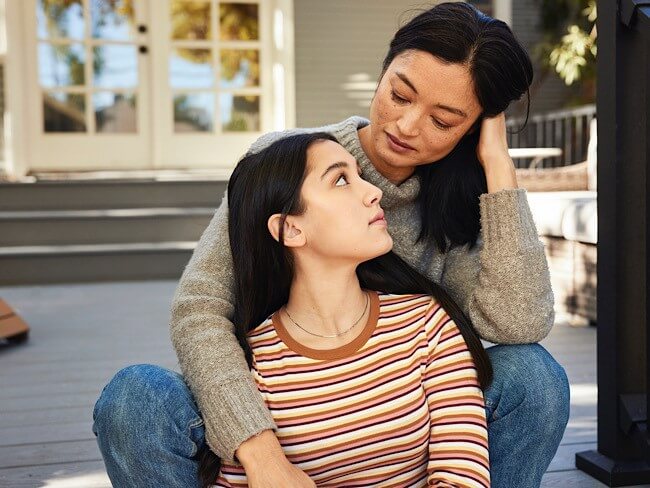
February 23, 2023
Eating disorders on the rise among teens
Expert shares 5 valuable tips for parents and guardians to help children …

January 27, 2023
Timely flu vaccinations at community events
Proactive flu prevention outreach helped community members in Downey, California …
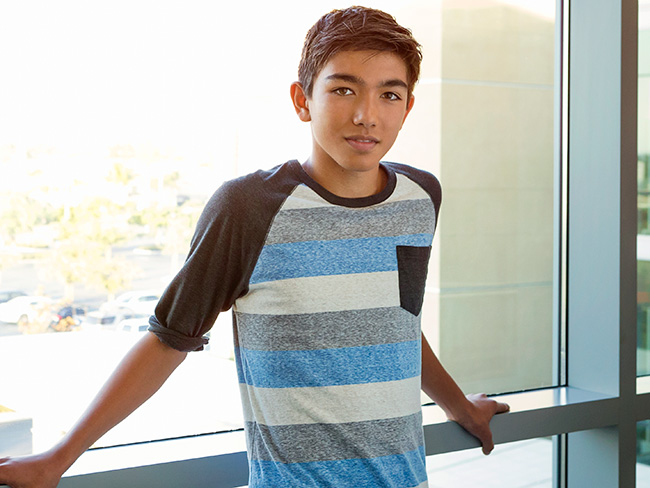
December 15, 2022
Helping provide teens a brighter future
Kaiser Permanente grants $150,000 to three community nonprofits.
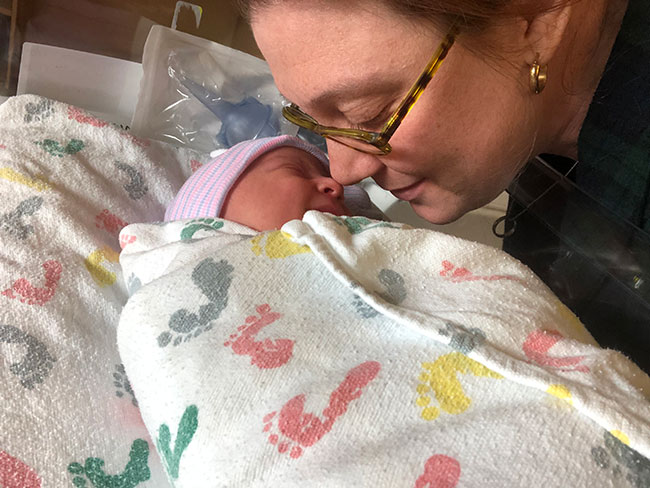
September 27, 2022
Maternity appointments from the comfort of home
New care option offers pregnant patients a mix of in-person and video visits.
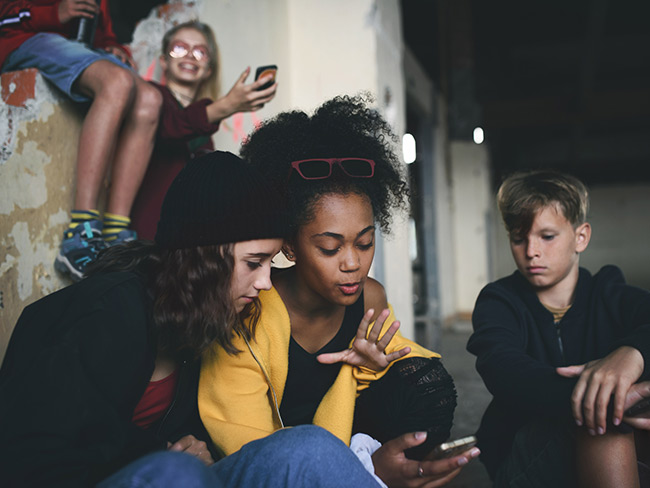
September 13, 2022
Creating tobacco-free communities
Kaiser Permanente backs national efforts to ban flavored tobacco.

June 27, 2022
Kids 6 months to 17 years can receive COVID-19 vaccination
Providing safe and effective vaccinations to children is an important step …
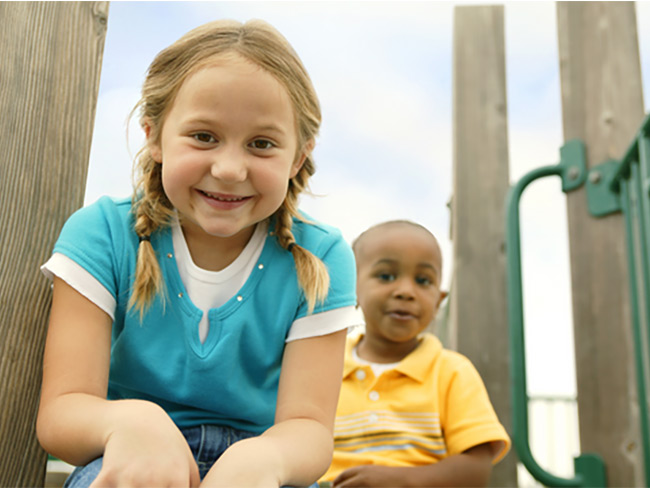
June 24, 2022
New South Lynnwood Park creates healthy play space
Kaiser Permanente provided funds for renovated public park, with new features …

May 25, 2022
Be a source of comfort and calm
Trusted conversations help youth feel safe when community violence occurs.

May 3, 2022
One pill can kill: Understanding the risks of fentanyl
As overdose deaths skyrocket, an addiction medicine specialist explains …
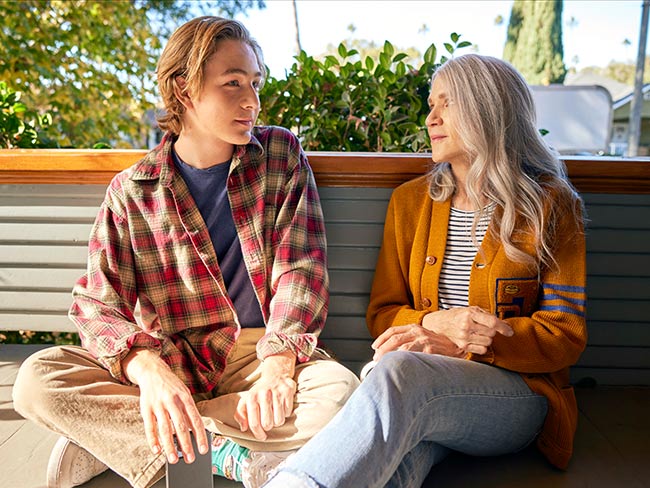
March 4, 2022
Online quiz helps predict likelihood of teen substance use
Assessment helps parents and caregivers intervene early when kids are at …

October 1, 2021
Our support of California’s student vaccination requirement
A statement from Kaiser Permanente chair and chief executive officer Greg …
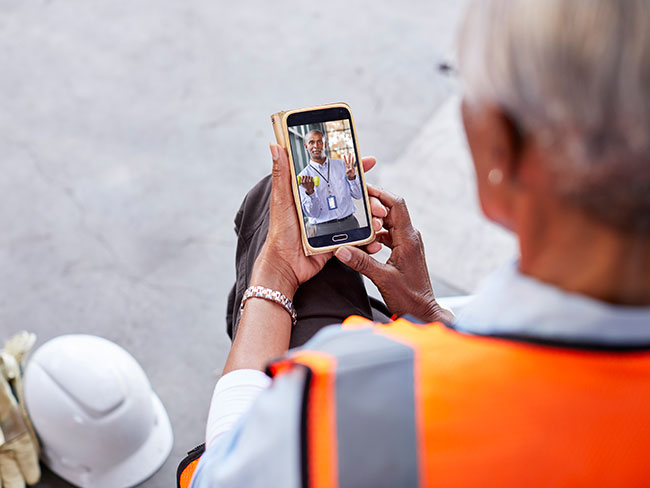
January 15, 2021
The fastest path to care
Available 24/7 with no appointment, e-visits offer Kaiser Permanente members …
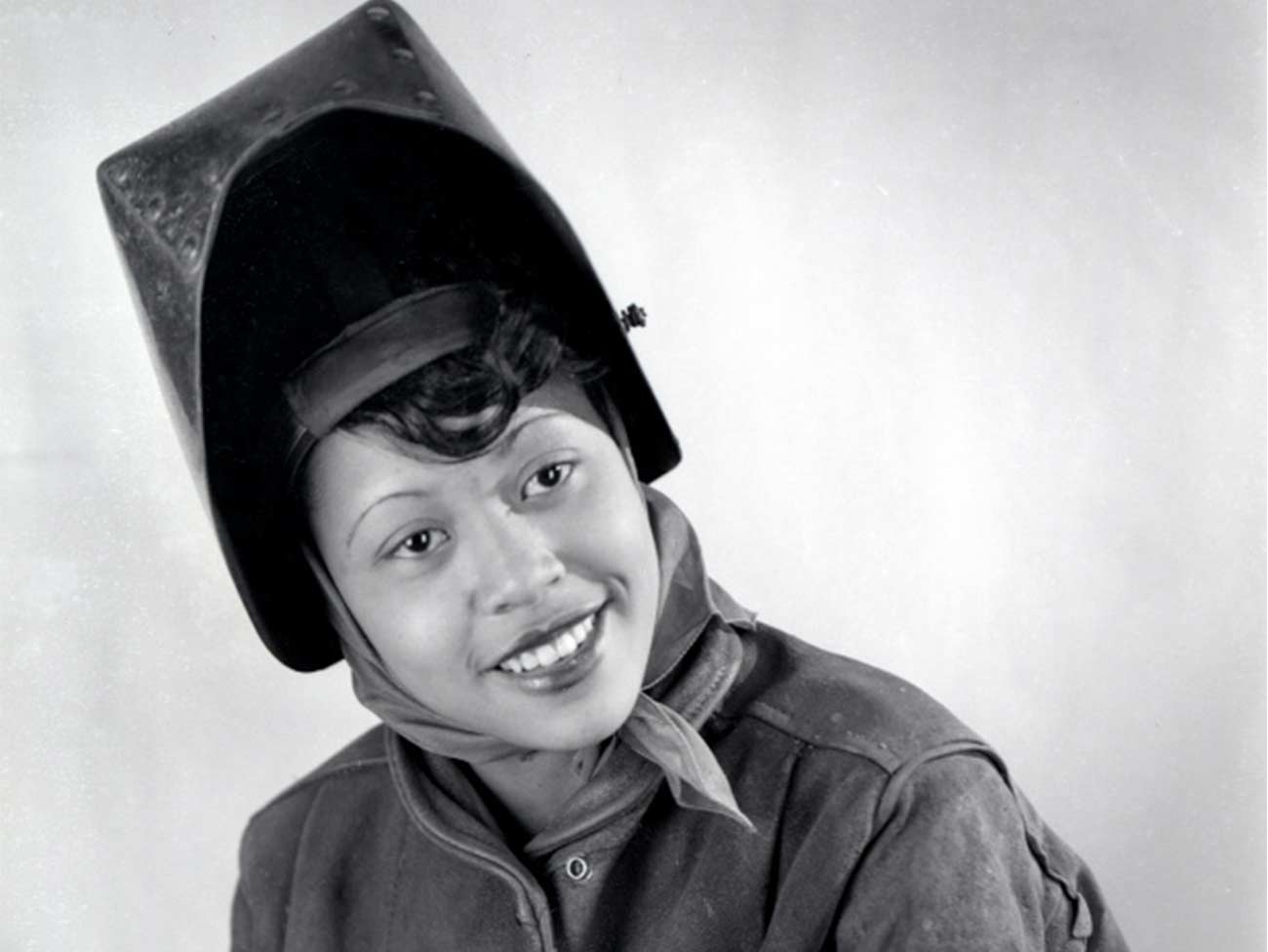
March 8, 2018
Slacks, not slackers — women’s role in winning World War II
Women who worked in the Kaiser shipyards helped lay the groundwork for …
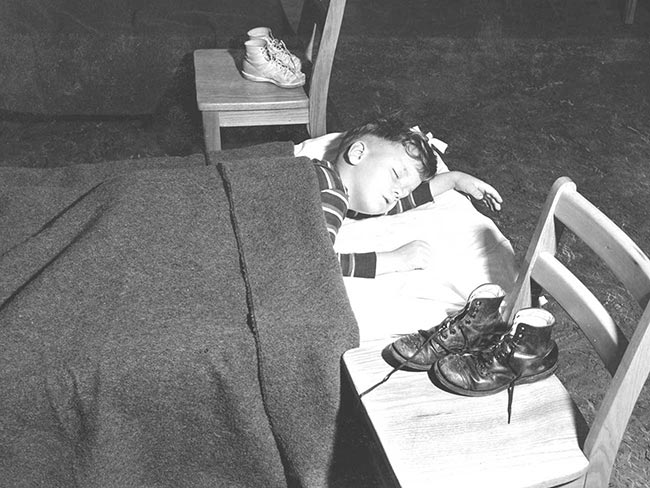
September 29, 2010
Wartime shipyard child care centers set standards for future
In 1943, Henry J. Kaiser invited key figures in child development studies …
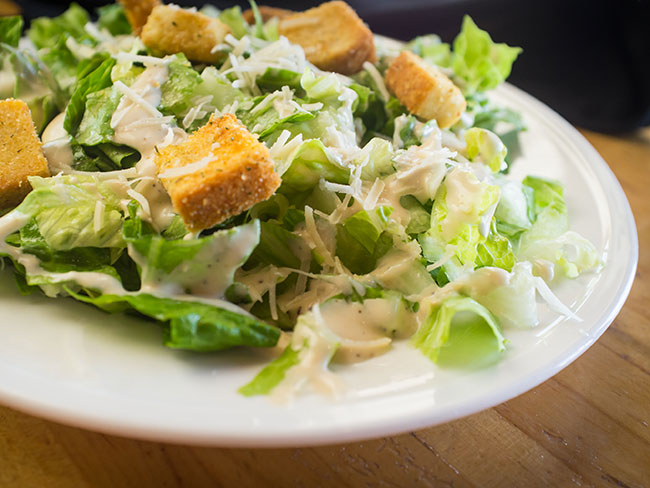
Caesar salad
Try this classic salad recipe to get your kids to eat more fresh produce.